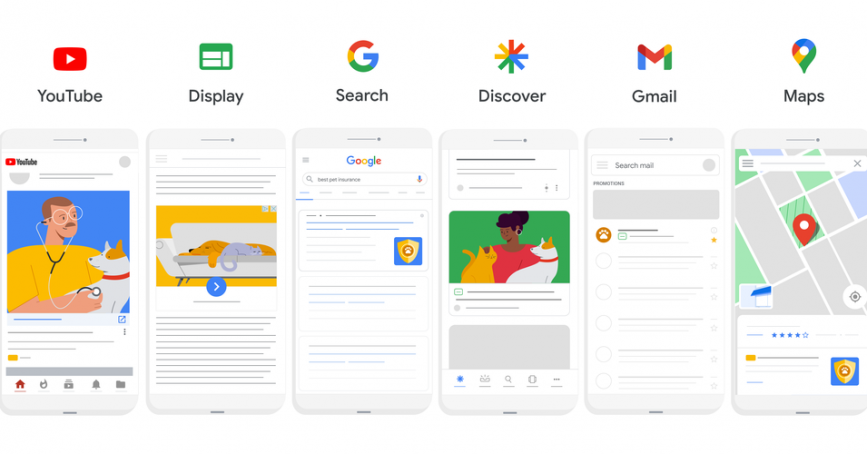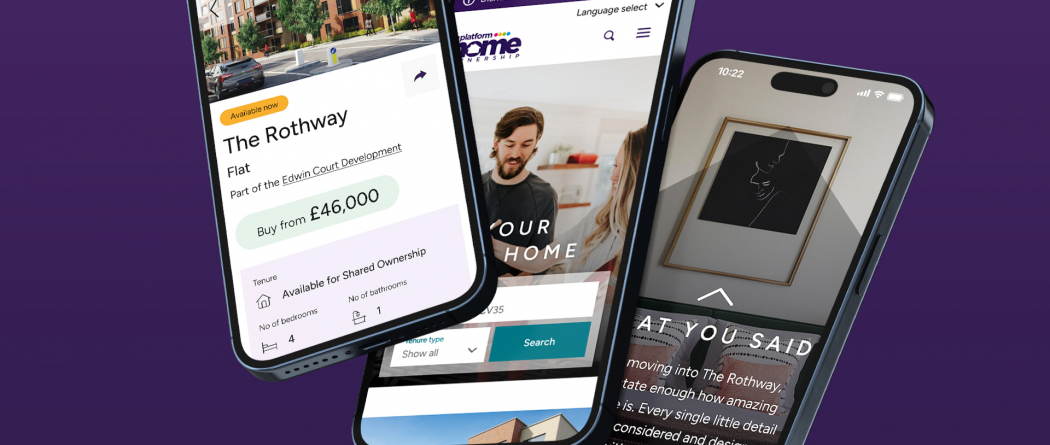
Insights What is Google’s Performance Max?


When Performance Max was initially revealed back in October 2021, it was billed as “a new way to buy Google ads”. We have now spent the better part of a year with it being rolled out to all users of Google Ads.
The promise from Google was that this campaign type would benefit from a lot of insight signals, create and serve ads based on these across all Google properties in a fully automated way.
While Google is very tight lipped about the ins-and-outs of how these campaigns work, there are a number of things we do know based on how campaigns are set up.
When setting up a campaign, we provide Google with the following elements:
- Provide creative elements and logos. Following the same rules as the Discovery campaigns, these images cannot contain text and need to meet some minimum sizing requirements
- Links to any YouTube ads/videos which are relevant to the brand/campaign
- Provide the headlines and descriptions
- Highlight all the relevant pages on the site which are applicable to the campaign
- Give some initial audience factors. Both prospecting audiences and audiences from signals we own (lists… etc). Google uses these as a starting point, but will expand this based on their own findings
- Conversion signals
From this selection of elements Google will start using these elements and audience definitions to build ads dynamically and serve them to users.
Based on the understanding of the signals sent from these ads and audience combinations, the Google AI will serve custom ads to users who match certain attributes in the conversion funnel.
The placements of ads can be on any of the following:
- Display Network
- Gmail
- YouTube (both display placements and video)
- Discovery Feeds
- Search
- *Remarketing Campaigns
*While not strictly speaking remarketing, the combination of audience signals and audience targeting would serve ads in a remarketing capacity
If this sounds very ethereal as an explanation, it is because Google keeps the rest of their working quiet.
But in a nutshell, Google creates bespoke user journeys and serves ads to qualifying users at any point in the funnel while encouraging them to move down closer to a conversion.
Share insight

The obfuscation of how the campaigns work extends to the reporting of campaign performance within Google Ads as well. There is a lack of granularity in understanding which ad elements or combinations have panned out.
So, with this lack of clarity and a “trust me bro” approach from Google on the performance of the Performance Max campaigns, are they any good?
Well, the short answer is yes. These campaigns certainly deliver.
The longer answer is; there appears to be some black magic at work here as the results we are seeing greatly beat expectations on almost every client we have rolled the campaigns out to.
While I am singing the praises of this campaign type, it is important to remember that any AI system is only as good as the source material it works with. To this end, we cannot underestimate the importance of carrying out deep audience research, having strong ad copy and creative assets.
But when you get these elements right, it really is amazing how well these campaigns deliver.
Share insight
Let's talk
- Call us +44 (0) 1256 334567
If you would like to find out more about how we can help you connect strategically, creatively or digitally, then call us or get in touch. We’d love to hear from you.












